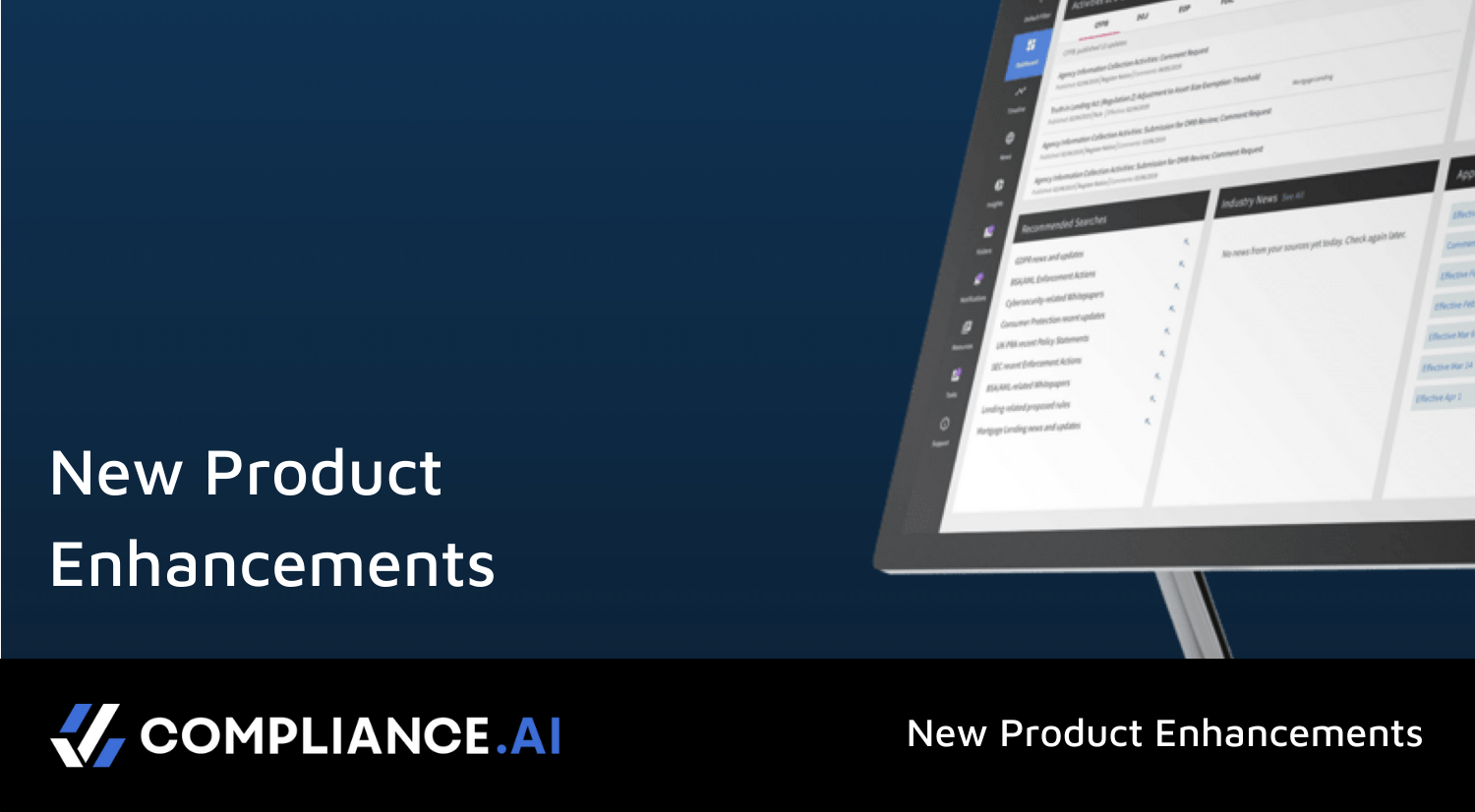With the media and industry focus on COVID-19 and the resulting global economic slowdown, a once emerging innovative incubator issue – regulatory sandboxes – has taken a back seat.
But likely not for long.
Born of an entrepreneurial-friendly stance in Europe, particularly the UK, via the Financial Conduct Authority (FCA), regulatory sandboxes give FinTech and RegTech companies access to a more lax regulatory environment. With a sandbox scenario, financial services companies can test new products and services without having to worry about existing regulatory mandates that might otherwise hamstring business development efforts.
That’s a big trend in corporate compliance circles, like FinTech and RegTech companies who conduct business across borders – think cloud-based software providers, blockchain and distributed ledger startups, and artificial intelligence enterprises – expect that their regulatory obligations will accommodate cross-border business practices.
A Global Initiative
Regulatory sandboxes can be created anywhere around the world (in the U.S., the states of Utah and Arizona have created their own regulatory platforms since 2018).
In fact, more country and local governments are green-lighting experimental business ideas that give FinTech and RegTech companies a good idea of how their products and services might fare under a controlled and more relaxed regulatory environment.
On a global basis, aside from the United Kingdom, Singapore, United Arab Emirates, and Australia have all rolled out sandbox initiatives over the same time period in an effort to encourage more RegTech and FinTech investment. Overall, more than 20 countries have done so.
So far, country regulators like what they see from their sandbox campaigns.
“The Arizona sandbox is designed to allow innovative ideas to get to market more quickly by reducing ‘one-size-fits-all’ regulatory requirements in exchange for more active involvement by the Attorney General’s Office,” said Evan Daniels, Fintech Sandbox Counsel at the Office of the Arizona Attorney General. “It’s not a license for participants to do whatever they want, but it is meant to provide a dynamic arrangement, where the regulator and participant can observe what’s happening in the market and make adjustments as needed regarding monitoring and regulatory compliance at the state level.”
That could be why the notion of regulatory sandboxes has caught fire.
A 2019 study by The World Bank Group and CGAP of 50 sandbox regulators noted that 85 percent of participating regulatory bodies established sandbox regulatory zones to “keep up with the markets and to learn about emerging innovations.” Additionally, “driving competition and attracting more innovators” to their markets was also a huge factor in setting up regulatory sandbox zones.
Pros and Cons
Now that the dust is starting to settle from the COVID-19 crisis, and more FinTech and RegTech companies are emerging from the rubble and are re-examining regulatory sandbox opportunities, a review of some “pros and cons” on sandbox environments is in order.
Weighing those “upsides and downsides” is invaluable in deciding whether a sandbox regulatory opportunity makes sense for your company.
Upsides of Regulatory Sandboxes
The regulatory risk reduction is real. The more room a company has to innovate without looming regulatory mandates hanging over their heads, the more innovative that company will be. That’s good for all market participants – companies, regulators, and consumers.
Faster product rollouts. Compliance management has its challenges, but one of the most significant barriers for companies looking to innovate is time. Simply put, regulatory sandboxes give innovators the most precious commodity available to any company – the time to get their product or service out to market quickly, efficiently, and successfully.
Abundant financing opportunities. Companies that operate in regulatory sandbox zones also gain an unexpected advantage – access to venture funding for their companies.
Capital funding groups love working with FinTech and RegTech companies that exhibit innovative prowess while working in a sandbox environment. According to The Lending Times, FinTech and RegTech companies that leverage regulatory sandboxes are much more likely to attract venture funding than companies that don’t.
Downsides of Regulatory Sandboxes
Onboarding issues can complicate matters. Once a company is up and running in a regulatory sandbox zone, product development times accelerated as regulators relaxed compliance mandates.
That time advantage is compromised in the application and approval stage, however, as regulatory filings can be prohibitive and time-consuming (which is why it’s helpful to work with a third-party compliance partner to get your sandbox product campaign up and running.)
Costs concerns in play. Surprisingly, the price tag associated with regulatory sandbox approvals is higher than a company (especially a startup) may expect.
Testing, for example, is a cost that’s higher than innovators might anticipate, as “most startups underestimate the time and resources required to prepare for testing, and the challenge of running a test alongside servicing existing clients and business development,” according to a report from Deloitte.
Requirements for entry can be prohibitive, too. Typically, companies don’t get a “green light” from sandbox zone regulators right away, and not every company that applies will qualify for limited spots in the sandbox rotation.
In reality, entry requirements can be onerous and explicit. On the upside, the more innovative the product the idea, the higher a company’s chances of being approved for a regulatory sandbox.
This isn’t as much a “downside” as it is a dose of reality – you’ll need your A-game to qualify for a spot in a regulatory safety zone.
The Takeaway on Regulatory Sandboxes
As more companies emerge from the rubble of COVID-19, and as the spotlight shifts from survival mode to innovation mode, expect to hear much more about regulatory sandbox zones going forward.
Considering the ample opportunities offered to companies in sandbox scenarios, that’s no surprise – and, it’s FinTech and RegTech innovators that should benefit the most.

 Automatically monitor regulatory updates to map to your internal policies, procesures and controls. Learn More
Automatically monitor regulatory updates to map to your internal policies, procesures and controls. Learn More



